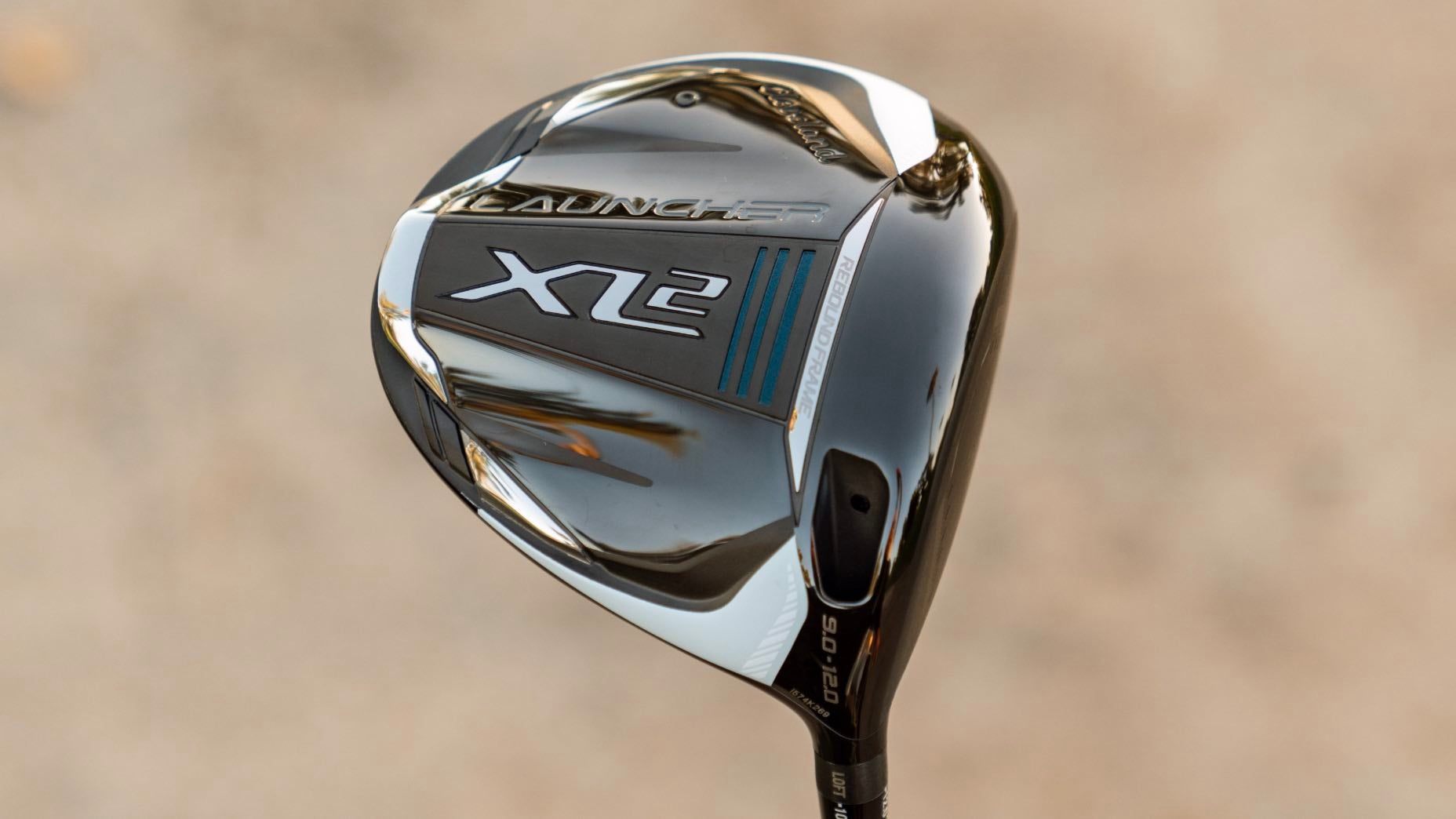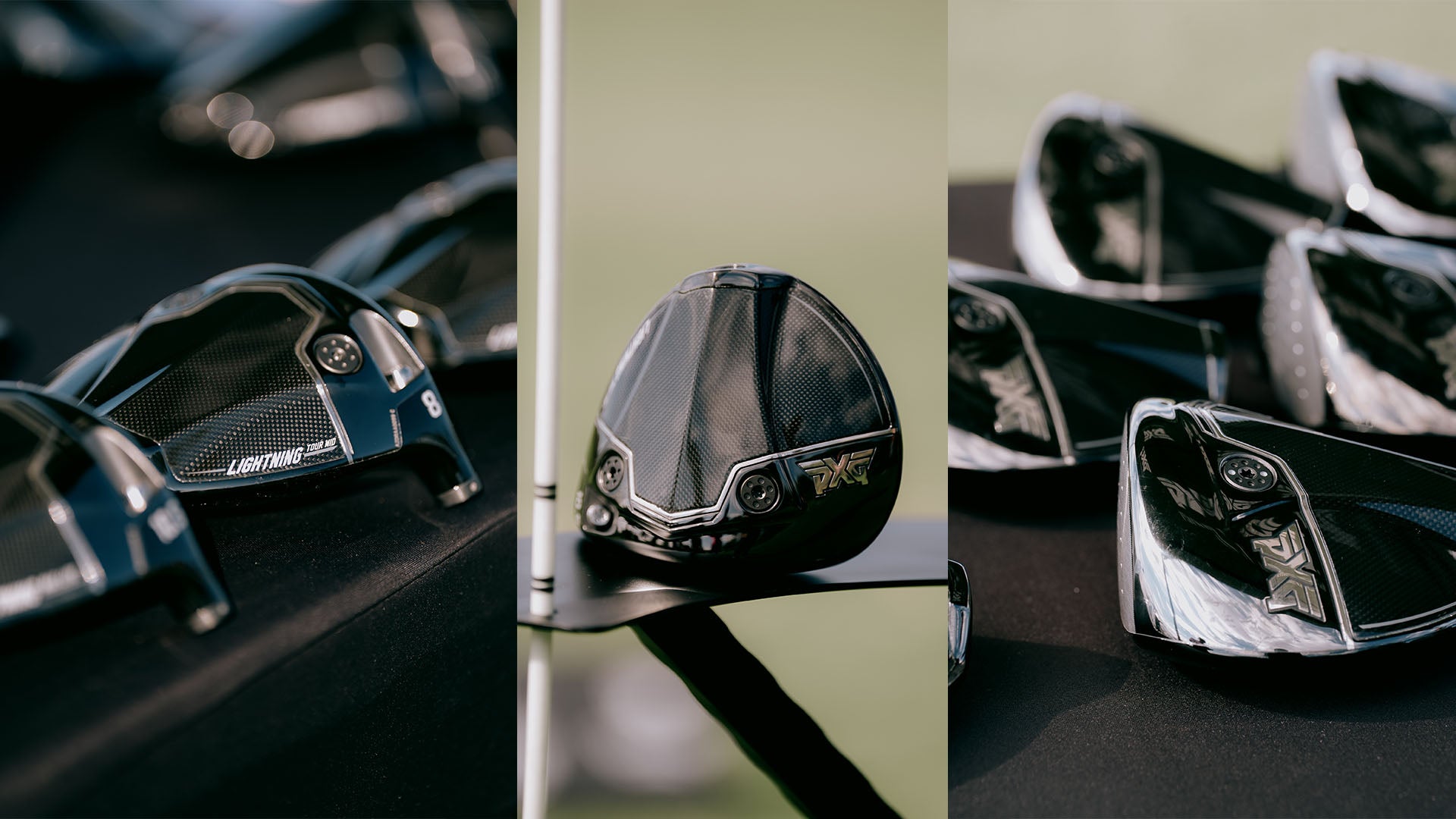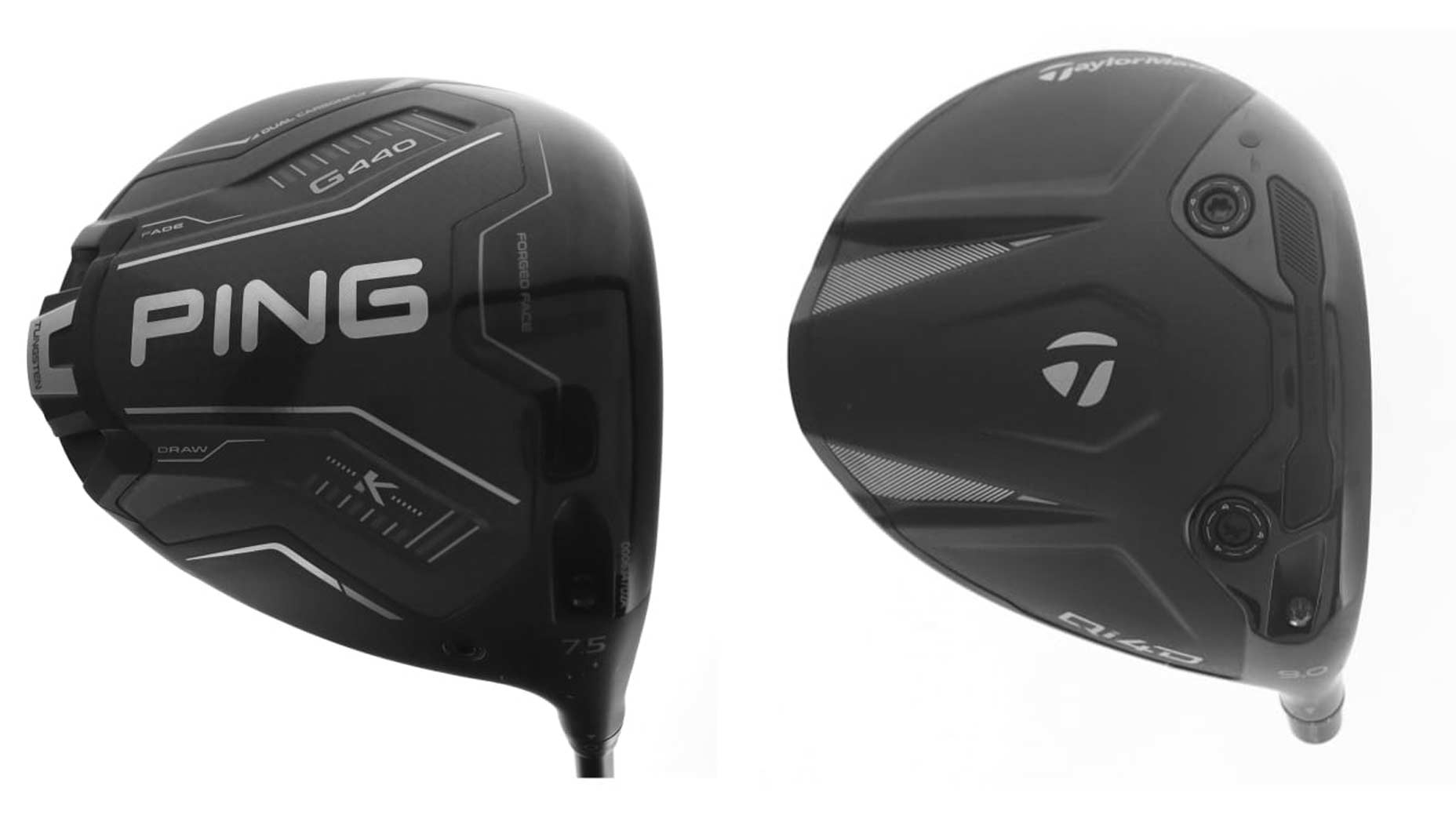For the 2024 edition of GOLF’s ClubTest, we once again teamed up with Golf Laboratories for robotic driver testing. With the help of their swing robot, we’re able to get a better picture of how each driver performs at the same speed (95 mph), delivery and attack angle in a 9-point face mapping test. The end result is an unbiased (and extremely detailed) look at where each driver model excels.
We continue with robotic insights on Cleveland’s all-new Launcher XL2 drivers. Pick up all your Cleveland gear at Fairway Jockey.
MORE FROM OUR 2024 CLUBTEST COVERAGE: Cleveland Launcher XL2 drivers: 5 things you need to know | Cleveland Halo XL woods: 3 things you need to know | Cleveland Zipcore & Halo XL2 irons: Everything you need to know | Cleveland RTX Full-Face 2, Smart Sole Full-Face wedges: Everything you need to know | Cleveland CBX 4 ZipCore wedges: Everything you need to know | Cleveland HB Soft 2 putters: Everything you need to know | We tested Cleveland’s newest clubs. Here’s how they stack up
***
Aim small, miss small
More ball speed is a nice-to-have, especially when it’s paired with a tight dispersion. Having the ability to keep the ball as close to the center line as possible, even on mishits, is the ultimate goal for club designers. But it’s not always a reality. Pulling one performance lever generally requires sacrifices in other areas.
However, that wasn’t the case with Cleveland’s Launcher XL2 driver during robotic testing. Boasting the smallest dispersion pattern (5.1 yards) of any driver we tested on the Golf Laboratories swing robot, the XL2 is geared to keep the ball on the map — even if consistent contact isn’t one of your strong suits.
Compared to the previous Launcher XL, dispersion improved from 6.8 yards to 5.1 yards. Cleveland already boasted one of the most accurate drivers before the release of XL2, but they somehow managed to make it even more accurate with the second iteration.
As you’ll notice in the insights below, consistency is at the heart of what makes XL2 one of the more impressive drivers to go through robotic testing.
Consistent numbers
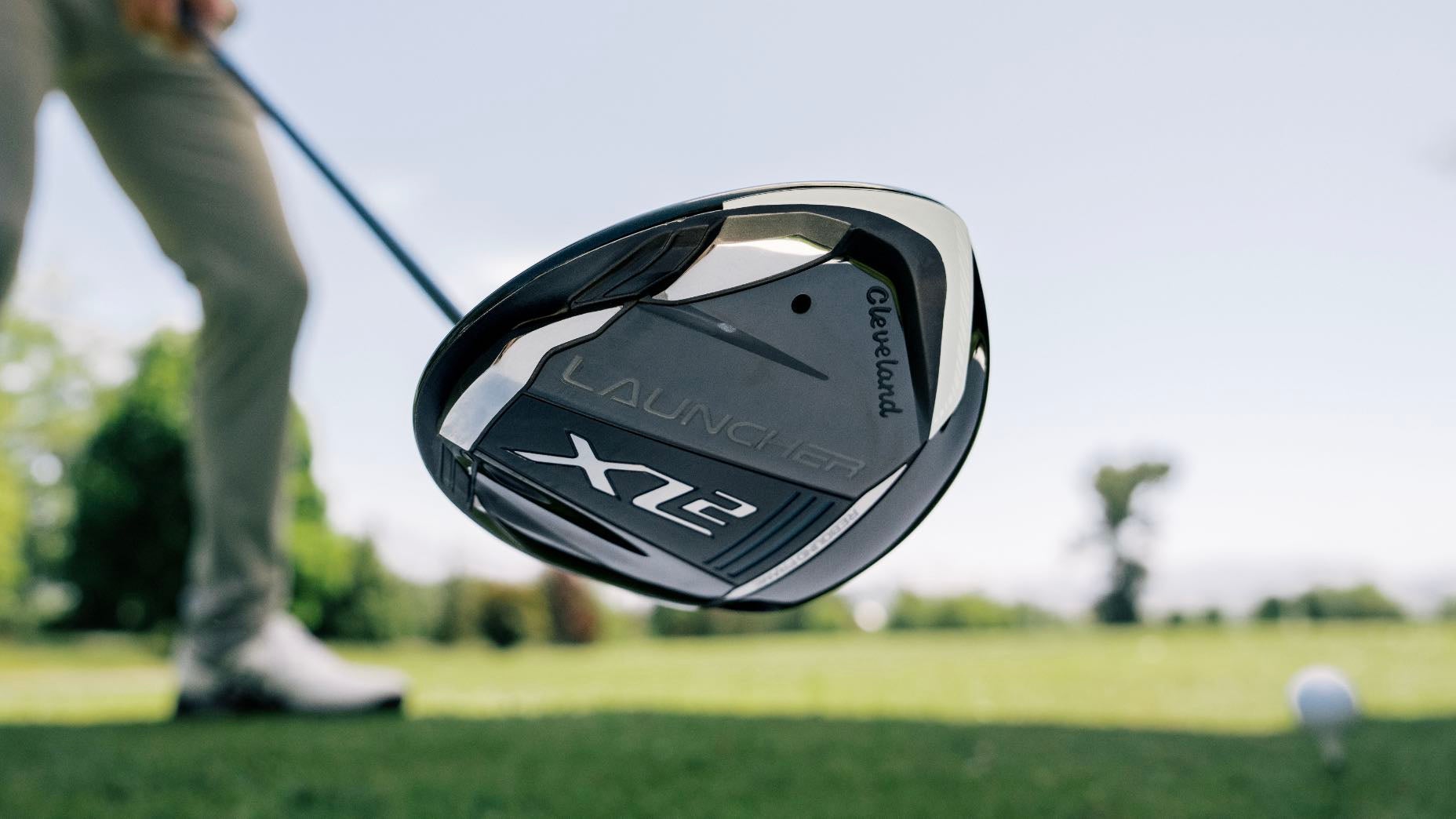
A tight dispersion goes hand in hand with consistent carry distance numbers across all 9 impact locations, which is something we saw from XL2 during testing. Toe strikes went from losing 5.9 yards (Launcher XL) to just 3.3 yards (Launcher XL2), at 95 mph, while heel strikes stayed within the median range with a distance delta of 12 yards.
Overall, the distance loss on off-center strikes between Launcher XL and Launcher was within the noise at 8.7 yards versus 9.7 yards. It remains a strong option if you don’t routinely find the center of the club face.
More of a good thing
Having already established XL2 as one of the most consistent products in the marketplace, we can confirm it’s also faster than its predecessor. With Cleveland’s new Mainframe XL face leading the way, XL2 saw carry distance increase by 5 yards (226 yards versus 221 yards) with a similar launch angle and spin rate.
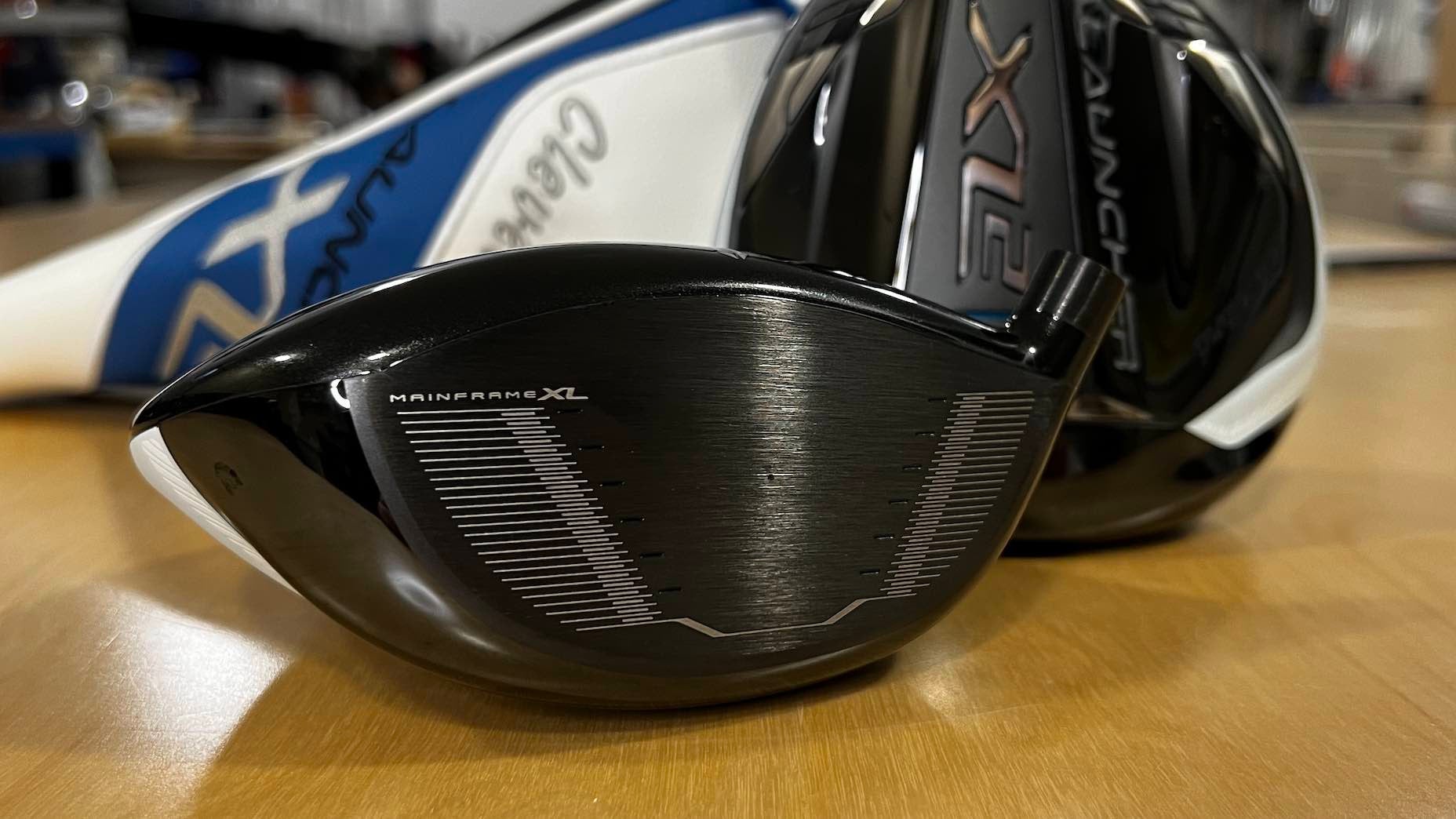
The numbers back up Cleveland’s claims that the variable thickness face increases the effective sweet spot for improved ball speed. With its rebound frame playing a role as well, the head can flex more efficiently at impact for a better energy transfer.
The end result is a driver that’s fast and accurate. Golfers struggling in both areas will no doubt want to give Cleveland’s latest offering strong consideration when it comes time to start the driver search.
Want to overhaul your bag for 2024? Find a fitting location near you at GOLF’s affiliate company True Spec Golf.
